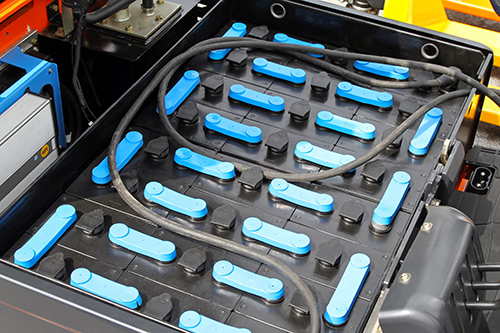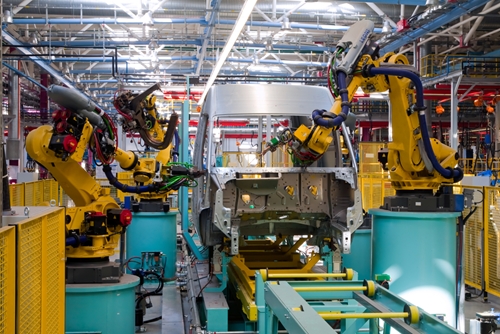

- Contributions by industrial experts with engineers in mind
- Focused on specialty-chemical material applications and selection
Knowledge Center
Hot Melt Adhesives in the Textile Industry

Holt Melt Adhesives for Textile Manufacturing
Hot melt adhesives for textile manufacturing can be dispensed or applied in a variety of ways, depending on the materials to adhere to, the desired qualities of the final fabric, and the economy of production.
The textile industry has the need to attach a varied selection of materials together that operate in a wide range of environments. While stitching has been the traditional way of binding materials together, adhesives are finding increasing use as a way to lower costs, offer bonding between dissimilar substrates and increase overall quality. Hot melt adhesives (HMA) are one of the main classes of adhesives used in the textile industry because of their ease of use and ability to meet unique industry needs.
What are Hot Melts?
Hot melts are so called because they are sold in a solid form, melted in dispensing equipment and applied hot to the surface or surfaces they will join. They have a good initial tack/green strength, allowing quick processing. HMAs form bonds as they cool into a thermoplastic resin. Open and set times can be adjusted by formulation to accommodate the specific assembly methods. This final cured thermoplastic can have a variety of properties depending on the unique formulation, but is generally flexible, somewhat resistant to water and chemicals, and stable in temperatures below the original melting temperature. There are two classes of HMAs: reactive and nonreactive. Non-reactive HMAs cure only through cooling, but reactive HMAs cure through cooling as well as chemical reactivity to form crosslinked bonds that can increase adhesion, resistance and have other properties.
Traditional HMAs vs. New Adhesive Formulations
While older hot melt formulations like ethyl vinyl acetate (EVA) are associated with low-strength, sometimes inadequate, resistance to water and chemical attack, newer formulations provide an adhesive which is strong and resilient. EVA adhesives are still used, particularly in footwear because of their low-cost and flexibility, but modern formulations are opening up new possibilities. In the textile industry polyurethane hot melts (HMPUR) are well-suited to final applications that are expected to withstand harsher life cycles. HMPUR adhesives can also be used in textiles that need to be breathable, allowing their use in protective clothing for emergency workers or harsh environments. Polyurethane-based adhesives offers water resistance for waterproof textiles and can be used in flame-retardant materials as well.
"HMAs form bonds as they cool into a thermoplastic resin."
Additionally, HMPUR can bond low-surface energy materials like those being used in active wear today. Other polyolefin-based HMAs can also offer specialized properties for specific applications.
How are how melt adhesives used in the textile industry?
In addition to choosing the right formulation for the job, type of application must be considered as well. HMAs can be dispensed or applied in a variety of ways, which will depend on materials to be adhered, desired hand of final fabric and economy of production. Temperature of application is another important consideration because HMAs are applied hot - often in the range of 50C to 100C - the substrates to which they will be applied need to withstand that temperature. Lower-temperature HMAs are available, but because HMAs can remelt, manufactures must make sure expected operating temperatures are below the dispensing temperature.
HMAs can be applied in a number of methods, including spraying or spiral dispensing with automated equipment. Gravure rolling or multiroller methods can also be used to quickly and easily laminate long lengths of material. Screen printing is another option that can meet specific needs.
What are the advantages of hot melt adhesives in textile manufacturing?
Hot melts are uniquely suited to the textile industry. They provide the amount of strength needed in textile bonding and bond extremely well to almost all materials in use. Their cost is lower than that of most adhesives, and shelf life and storage ability is excellent. Dispensing methods are varied and well-suited to high throughput since adhesives are sold in solid form and no mixing or specialized curing equipment is needed. There are also no concerns with HMAs about VOCs or other toxicity requirements. Finally, hot melt adhesives are easily customizable, and properties like open-time, cure profile, strength and chemical resistance can all be tailored to exact specifications.






